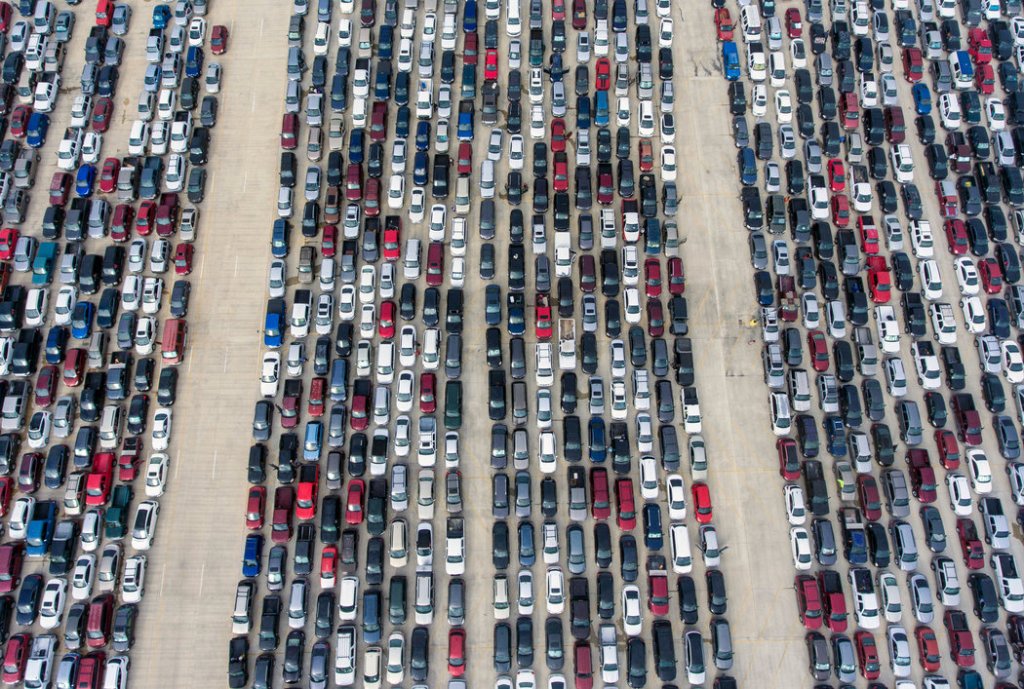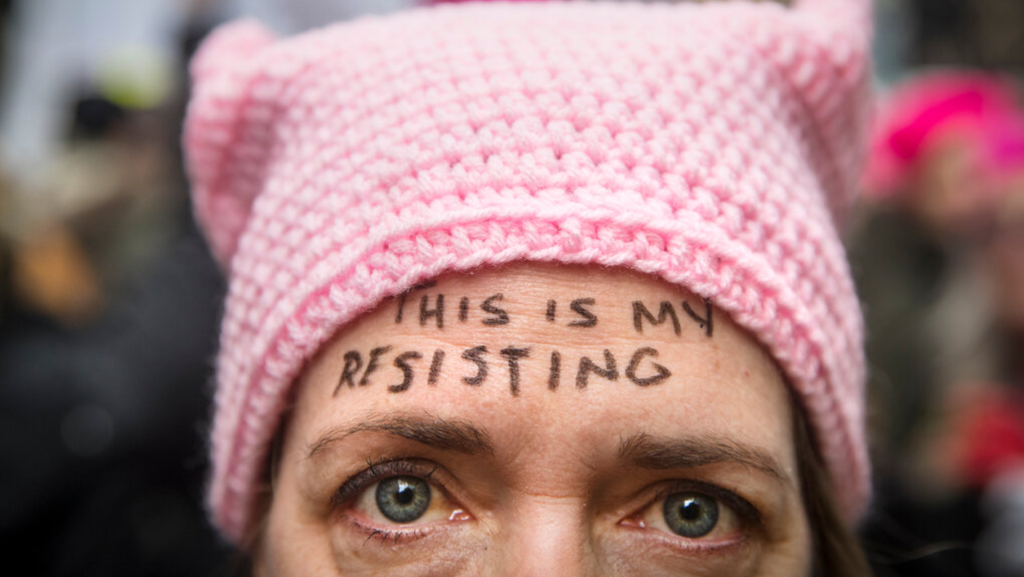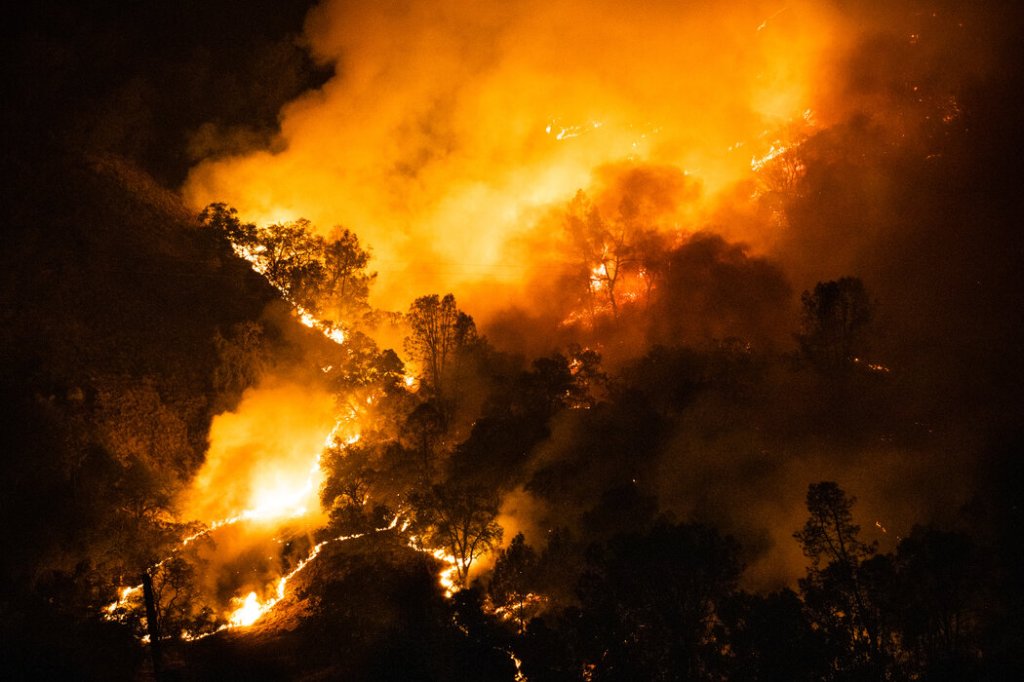Current
A NATION ADRIFT
by The Editorial Board
The New York Times

Across America people are waiting for food, sitting in their cars in endless lines that stretch down streets or bend back and forth across blacktop parking lots. The scenes are reminiscent of the Great Depression: Images from a grim past come suddenly to life.
The coronavirus pandemic shut down much of the nation’s economy in the spring and, because the virus continues to spread, millions of people remain out of work.
At first, the Trump administration worked with Congress to provide aid to Americans in need. The Cares Act included one-time payments to most households coupled with an expansion in unemployment insurance.
Then the stock market began to recover, and Mr. Trump lost interest. As the federal funds ran out, the number of Americans living in poverty has grown by eight million since May, according to recent research. That increase happened even as the job market improved, a troubling sign that the economy isn’t recovering fast enough to make up for the shrinking social safety net.
Job losses have been concentrated among low-wage workers, many of whom now need help to feed their families. The result: In the wealthiest nation on earth, hunger is on the rise, and overwhelmed food banks are struggling to help those whom the government has failed.

IMMIGRATION HALTED
The Trump administration has worked to reduce the number of legal and illegal immigrants to the United States with a fanaticism and attention to detail that are notably absent from almost any other area of policymaking, save packing the courts with conservative judges.
The administration deliberately separated thousands of children from their parents to deter immigration. It cut the number of refugees admitted each year to the lowest level on record, denying sanctuary to thousands of people fleeing domestic and political violence. It has pursued the deportation of people brought to the country as small children, who have never known another country. It has prevented the immigration of scientists, engineers and other specialists whose talents might help to revitalize the American economy.
The president also is obsessed with building a wall along the Mexican border — an inane idea his advisers first suggested because they wanted him to talk about immigration, and they knew he liked to talk about building things. The wall became such a fixation for Mr. Trump that he shut down the federal government in late 2018 in an attempt to wring funding from Congress. When that failed, he sought funding by declaring a national emergency. And when that failed, too, he took money from the defense budget to build a little bit of a wall.
If America once shone as a beacon of hope to the world, Mr. Trump tried his best to extinguish it.

WOMEN’S RIGHTS UNDER ATTACK
There have been moments when it’s felt like the backlash to electing a man who’s been credibly accused of sexual assault by more than a dozen women — and who has in fact bragged about assaulting women — has been so profound, so righteous, that it could be harnessed to overhaul society as we know it.
The raw fury of the Women’s March the day after President Trump’s inauguration and the flourishing of the #MeToo movement were promising. Some men were held accountable for their abuses. A record number of women ran for office, and many of them won. The Equal Rights Amendment lurched back to life.
Nearly four years on, it’s clear that the patriarchy, while jostled on its pedestal, stands tall. Some people think it unmanly to wear a mask during a deadly pandemic, for goodness sake.
More troubling: Roe v. Wade, which is already so hobbled, could soon be overturned or gutted, leading to the further criminalization of pregnant women.
Since Mr. Trump took office, more women have come forward with credible sexual assault allegations against him — including one that surfaced just last month. One of Mr. Trump’s legacies will be whatever damage has surely been done to the national psyche for these claims to be buried by so many other disturbing events.

BLACK LIVES AT RISK
Some of the most consequential moments of the Trump era thus far were the roughly eight minutes that a police officer knelt on George Floyd’s neck, suffocating him to death.
Mr. Floyd’s death at the hands of a police officer — an appallingly common occurrence for Black people in the United States — prompted one of the country’s largest social movements almost overnight. Millions of Americans, mostly masked to prevent coronavirus transmission, took to the streets in cities from coast to coast, outraged by police violence.
Adding to the righteous fury this year: the killing of Breonna Taylor in her home by the police— for which no officer has been charged.
Mr. Floyd and Ms. Taylor became some of the most recognizable victims of police violence in recent memory. But this year’s uprisings were a supercharged continuation of the Black Lives Matter movement, which had been growing since the death of Trayvon Martin in 2012. Those who march do so not just for the names we know — but for all the names we don’t.

A PLANET IN PERIL
For anyone who cares about the health of the planet, the Trump years have been, to say the least, profoundly discouraging. Barely two months in office, Mr. Trump ordered his cabinet to review and remove any regulatory obstacles to the production of oil, gas and coal; shortly thereafter, he renounced America’s support of the landmark Paris climate agreement, thus shedding any claim to American leadership on a global crisis.
It was more or less downhill from there. He methodically decapitated Obama-era rules aimed at limiting emissions from power plants and oil and gas operations and mandating increases in fuel-efficient vehicles. He also opened public lands hitherto shielded from exploration to mining and drilling.
There were other assaults large and small on environmental protections, but the most damaging were those that undermined rules to diminish greenhouse gases while enabling the industries that produced them. All this despite the climate-related carnage in front of his own eyes, conspicuously the fires in California — and despite authoritative studies warning that failure to wrench emissions drastically downward over the next decade will bring irreversible damage.
Emissions in America, pre-Covid, declined slightly, thanks partly to the switch to cleaner fuels and the determined efforts of states and cites to do the job Mr. Trump won’t do. Globally, however, they’ve been rising, and the seas with them.

Discussion
Comments disabled.